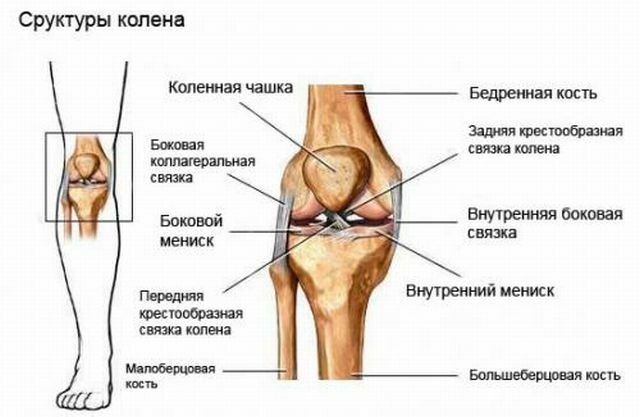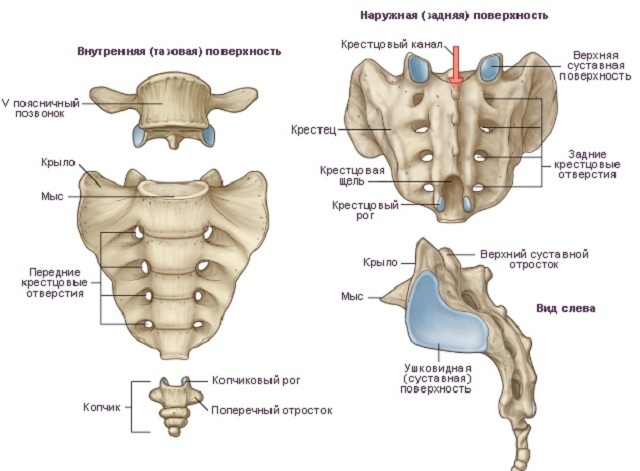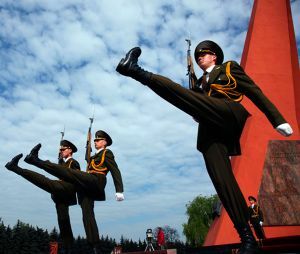 Marching foot is a disease associated with a pathological change in the structure of metatarsal bones, which are caused by excessive stress on the foot.
Marching foot is a disease associated with a pathological change in the structure of metatarsal bones, which are caused by excessive stress on the foot.
This violation is also commonly referred to as march fracture, overloaded stop or Deichlander's disease. The disease is not a tumor or inflammatory process.
This is a kind of pathological reconstruction of the diaphyseal bone tissue( the central part of the tubular bone).When a special study reveals local lacunar resorption of bone tissue and its subsequent replacement with new bone structures.
Plusset bones are the most vulnerable part of the foot. At a march break most often affects 2 bones, less often - 3 and 4, 5 - very rarely.1 bone is not affected at all never in view of the fact that it has a higher density.
Often one metatarsal bone is damaged, but sometimes simultaneous damage is diagnosed or with the gradual involvement of several bones at once.
Contents of the article
- Provoking factors
- Clinical picture and forms of the disease
- Diagnosis
- Approach to therapy
- What can it all lead to?
- Preventive measures
Aggravating factors
The main predisposing factor to the development of this disease is flatfoot. Also among the reasons are:
- physical activity;
- wearing too uncomfortable shoes;

- weak physical preparation.
The risk group includes recruiting soldiers who, being in a new environment for them, are completely unprepared for prolonged intensive training, people whose occupations are connected with standing on their feet, carrying heavy loads, professional athletes.
Very often there are cases when a person goes on a campaign without proper preparation and in conditions of long walking and carrying heavy cargo, becomes a victim of this disease.
Clinical picture and forms of the disease
Two forms of the Deichlander's disease are distinguished:
- acute - occurs 2-4 days after exposure to the load( more rare form);
- primary-chronic - develops slowly on increasing.
Patients with severe pain in the central part of the foot, which sometimes are simply unbearable. At the same time, the gait is broken, the person begins to limp and tries not to step on the aching leg.
As a result of examination, a dense swelling and edema in the affected area( on the outside of the foot) is detected. The sensitivity of the skin on this site increases. Rarely does skin reddening occur.
It is interesting that, with Deichlander's disease, no characteristic symptoms occur, such as, high fever or changes in the biochemical pattern of blood.
The average duration of the disease is several months, but it can go much faster. Pain is present throughout the course of the disease.
Statement of diagnosis
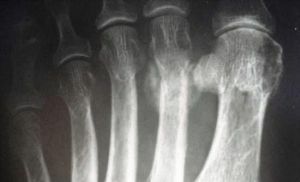 Marching fracture has a fairly clear clinical picture and can not be latent, so the patient, experiencing severe pain and discomfort, immediately turns to the doctor.
Marching fracture has a fairly clear clinical picture and can not be latent, so the patient, experiencing severe pain and discomfort, immediately turns to the doctor.
First of all, an X-ray and a primary examination are used for the diagnosis.
Since the march stop is a closed pearl, the X-ray may not be sufficient because the image will lack characteristic fracture lines( especially at the onset of the disease).
If the picture does not give any result, the expert uses the method of palpation. The diagnosis will be obvious if there is swelling, and also if during the palpation of the foot the patient feels a strong sharp pain.
Sometimes magnetic resonance diagnostics are used to diagnose damage to metatarsal bones, in particular this method will be relevant for recent damage.
There are also several stages of pathological changes of metatarsal bones that are taken into account in the diagnosis:
- The primary signs of the transformation of the structure of the diaphysis and periosteum , which surrounds it, are revealed. In a cross-section or slightly oblique, a uniform bleaching with a diameter of several millimeters will be seen. Around the diaphysis in the area of enlightenment forms the external callus.
- Increase in external layers of , the acquisition of a bone structure with obvious signs of stratification. Dense layers on the x-ray are seen badly.
- Enlightenment on x-rays is not visible due to excessive external layering of .The diaphysis is thickened and deformed. Pain becomes less intense.
- External layers gradually dissolve , the structure of the tubular bone section is restored, the X-ray image will show a thickening with even, even edges.
Approach to therapy
For fatigue march fractures, conservative treatment is used. The goal of the therapy is to stop acute pain symptoms and to eliminate the underlying mechanism that triggered the disease. Surgical intervention in this case is never used. 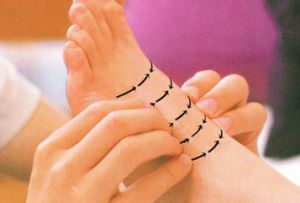
First of all, the patient is put on a foot gypsum langete and appoint a bed rest, which should be at least a week. A person must be freed from prolonged standing and walking, because a damaged leg requires complete rest. After the pain becomes less intense, the following methods can be used:
- massage;
- thermal bath;
- paraffin or ozocerite applications;
- ointments and gels of warming action( eg, Fastum-gel);
- sometimes prescribed drugs of the non-steroid group for the removal of swelling and pain relief: Aspirin, Ibuprofen, Voltaren;
- foot bath with sea salt or herbal collection;
- therapeutic exercise to relax the muscles of the leg, while the exercises should not involve the involvement of feet.
Also mandatory in the rehabilitation period, the patient is assigned to wear orthopedic insoles and insteps.
What can it all be like?
Conservative therapeutic methods always give excellent results in the treatment of the foot march, but in no case should the disease progress to the loss of gravity. The lack of proper treatment and rehabilitation can lead to a change in the anatomical features of the foot and the violation of its functions.
What complications may occur in this disease: 
- weakening of the musculoskeletal complex of the foot;
- flattening of arches and loss of cushioning ability;
- flat feet;
- deforming arthrosis of the foot;
- chronic pain of aching nature, which make themselves felt when walking;
- neurinoma is the result of a load on soft tissue.
Pathological changes in the bones of the foot and simultaneous weakening of its cushioning function contribute to increasing the load on the remaining joints of the legs, pelvis and lumbar spine. The probability of occurrence of such diseases as arthritis, arthrosis, osteochondrosis, spondylosis increases.
In addition, the risk of frequent traumatization of the ankle and knee joints, as well as the development of the intervertebral hernia, increases.
Preventive measures
After treatment in order to avoid relapses the patient will need to adhere to the following rules:
- in the near future to abandon long walks to too long distances;
- Avoid prolonged standing on legs;
- exclude those sports that will have a strong impact on lower limbs( for example, running);
- wear only comfortable shoes, a flat platform should be excluded, footwear with a slight elevation and an inner soft cushion in the area of the lift of the foot will be relevant;
- at the end of the day to do a relaxing foot bath;
- systematically undergo a special massage course.
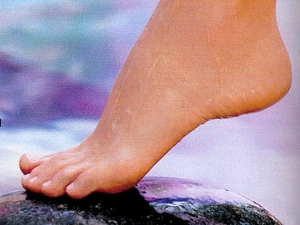 The prognosis for march fracture of the foot is always favorable. With the timely detection of a problem and the rapid use of medical care, you can achieve the most rapid cure.
The prognosis for march fracture of the foot is always favorable. With the timely detection of a problem and the rapid use of medical care, you can achieve the most rapid cure.
It is always worth remembering that it is impossible to go on a serious hiking trip, which assumes great loads without preliminary preparation. Also, people who have suffered such trauma, it is recommended to change the kind of activity, which is associated with standing on the feet, wearing gravity or constant movement over long distances.
The march break is not a reason to forget about sports and in general, about an active way of life, the main rule is that any physical load should be moderate.


